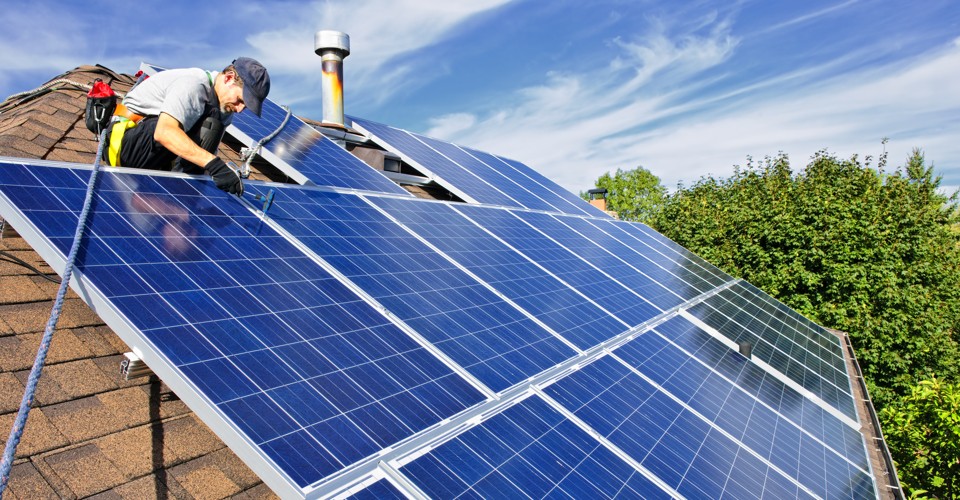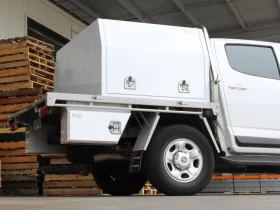Solar power was once a novelty that only the very wealthy could afford. You can now find solar panels on homes and businesses around the country as it becomes more affordable for everyone. And while solar power can offer the same benefits to residential and commercial buildings alike, their setups are slightly different. Here are 3 of the key differences between these two kinds of solar setups.
Size
The first (and probably the most obvious) difference between commercial and residential solar systems is their size. Businesses have higher energy demands daily than most homes, only due to the size of their buildings. Larger spaces mean higher heating and cooling expenses, more lights, and for most businesses, many computers, printers, copiers, and other types of equipment.
So, because their energy consumption is higher, businesses’ solar arrays must be larger to meet those needs. They usually require more panels, but most solar installers will recommend larger panels than is recommended for residential setups. Commercial panels typically have 96 cells and measure 78 inches by 39 inches.
On the other hand, residential panels usually contain 72 cells and measure 65 inches by 39 inches. These smaller, lighter panels are better suited to rooftop installation, which is most common for residential solar arrays.
It’s important to note that any solar array should be carefully sized based on that property’s energy consumption, whether it’s a residential or commercial setup.
Installation
Installation is another way these two types of setups can differ, though this difference is also connected to the size considerations mentioned above. As stated, most residential arrays are mounted on the roof using specialized racking. While many commercial systems can also be installed on the roof, commercial buildings tend to have flat roofs, making installation a bit simpler than mounting on most homes’ angled roofs. Some commercial systems are also mounted on the ground if the business has a large, open piece of land to accommodate it.
Even though flat-roof mounting is easier, commercial installation does typically take quite a bit longer. Again, this is related to the size of the array. However, in most cases, a residential setup can be completed in just a few days, while commercial setups can take several weeks.
Financing
Finally, homeowners seeking solar power upgrades to their homes are going to have a much easier time finding financing options, rebates, and tax deductions than business owners. These options have been developed more intensively for the residential sector than for commercial and industrial customers. Of course, business owners can seek financing in other ways, such as via business loans.
Whether you’re looking for SMA inverters and other solar equipment for a residential or commercial array, be sure to look for wholesale options to reduce your upfront costs.










